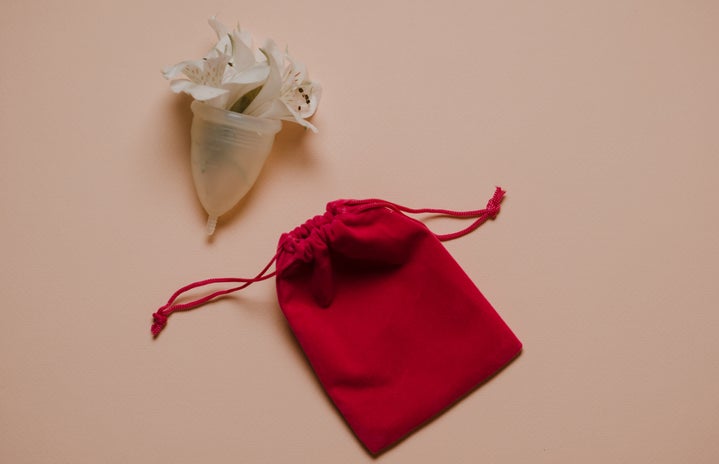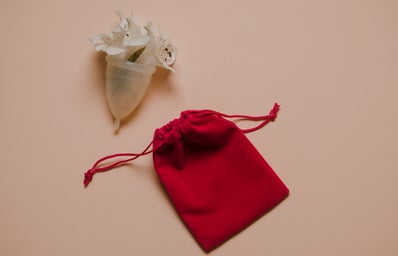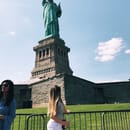Just about a year ago, our chapter of Her Campus received a sponsored box from HCHQ with a bunch of items, including a Diva Cup, something I had been interested in trying for quite some time. After reading multiple articles and posts online about how wasteful disposable period products can be, I decided to take the opportunity presented to me and try the product. Little did I know, it would change the way I approach menstrual products and encouraged me to reduce waste in other parts of my life. Here are some of the things that I’ve learned this past year.
- Period Poverty is a Huge Problem
-
If you haven’t heard of the term “period poverty” before, I will give you a brief introduction. Period poverty, similar to food, water, or shelter poverty, is the lack of resources to obtain menstrual products. This issue most prominently affects young female students and homeless women and girls, as stated on the American Medical Women’s Association (AMWA) website. This is caused by lack of sufficient income as well as a resource in general to these kinds of products. 35 out of the 50 states in the U.S. do not designate menstrual products as essential items, which further contributes to the stigma surrounding menstruation, and food stamps often do not cover these items either.
- Reusable Period Products are Actually Quite Affordable
-
Like me, you may have been daunted by the initial price tag of a menstrual cup, which generally sells for between $20-$30 USD. However, these products pay for themselves within just a few cycles. The average cost of a box of tampons is around $7 USD, and unless you’re buying a big box of them each month, it’s very likely that you’ll have to buy another box sometime during that week. Add your period cravings and occasionally some new undies to that, and you can be spending close to $25 just on period products each month!
- Menstrual Cups are a Learning Process
-
Using a new product like a menstrual cup can be a bit intimidating, especially when you’re used to pads or tampons, which don’t require much finesse to stay “in there.” While starting off with a menstrual cup can be frustrating and a bit messy at first, after a couple of cycles you’ll be a seasoned pro. Almost every company that sells these products has instructions in the box as well as videos on how to fold it on their website and YouTube.
The hardest part about a menstrual cup is the suction. Basically, a menstrual cup relies on the suction created between it and the vaginal wall to stay in. You’ll know that your cup is properly in place when you feel it unfold into its natural shape inside your body, and this may not happen during your first couple of uses. In fact, the first time I got it right, it was a bit of a strange feeling. However, once you know what it feels like, you are right on your way to mess-free and worry-free periods.
- Reducing Waste in Your Life is an Intentional Process
-
I’ve always been passionate about climate change and keeping as much of my life as eco-friendly as possible. However, I found over the past few years that you can’t be passive about reducing waste in your life. For me, one of the biggest steps was reducing the monthly waste I was creating with tampons and panty liners. From there, I became more intentional, buying canvas grocery bags and reusable metal straws. While COVID-19 has complicated some of these efforts, such as reusable coffee cups (this is an ode to my several reusable Starbucks cups), I try my best to make sure that I’m reducing my carbon footprint and use of single-use products.
Remember that any change in your lifestyle is a process. Taking steps to reduce waste in your life, no matter how small, makes an impact. Whether it be getting a menstrual cup like I did, or simply getting some metal straws or some reusable sandwich bags, you are making a difference. It’s a bit of time, effort, and money, but I promise you it’s so worth it.
Here are some more resources for reducing waste in your life, including an article by our staff writer, Shea Hendricks.


